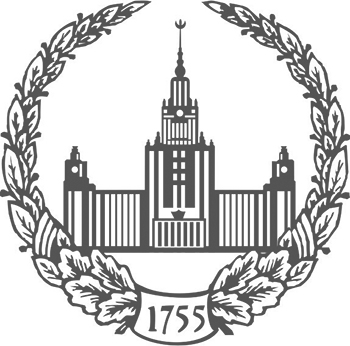ISSN: 2074-8132

ISSN: 2074-8132

Introduction. The reproductive parameters of the Tatar population of Siberia were studied, specifically: the Siberian Tatars, the Siberian Bukharans, and the Kolyon Tatars. A comparative analysis was conducted using a unified set of indicators to assess differences among these groups, and in relation to the Volga-Ural Tatars. The results are interpreted within the context of analyzing contribution of biological and non-biological factors to reproductive processes.
Materials and methods. The study encompassed seven ethno-territorial subgroups of the Tobol-Irtysh, Baraba, and Tomsk Siberian Tatars; the Bukharan Tatars, residing compactly in the Tyumen and Omsk regions; and the Kolyon Tatars, descendants of migrants from the Volga region. A total of 667 questionnaires filled out by women over the age of 45 were analyzed; the study examined age-related parameters and vital statistics, including the number of pregnancies and their outcomes.
Results and Discussion. The average number of children surviving to reproductive age enabled the classification of the reproductive type as expanded among the Tobol-Irtysh and Baraba Siberian Tatars, and simple among the Bukharan Tatars, Kolyon Tatars, and Tomsk Siberian Tatars. The ethnoterritorial subgroups of Tobol–Irtysh Siberian Tatars exhibited the lowest rate of prenatal losses compared with other Siberian Tatar groups – the Baraba, Tomsk, and Siberian Bukharan Tatars. The primary contributor to the structure of prenatal losses among the Siberian Tatars comes from medical abortions, with the highest average number observed among the Tomsk Tatars and Siberian Bukharan Tatars.
The Crow index and its components were as follows: for the Siberian Tatars – Im = 0.040, If = 0.355, Itot = 0.409; for the Bukharan Tatars – Im = 0.013, If = 0.242, Itot = 0.258; and for the Kolyon Tatars – Im = 0.038, If = 0.184, Itot = 0.229. And within the ethnoterritorial groups of the Siberian Tatars: Tobol-Irtysh Tatars: Im = 0.031, If = 0.372, Itot = 0.414; Baraba (Baraba-Turash) Tatars: Im = 0.037, If = 0.327, Itot = 0.377; Tomsk Tatars: Im = 0.091, If = 0.303, Itot = 0.421.
Conclusions. The analysis of the obtained data on the reproductive parameters of the Siberian Tatars revealed that, during the studied time period, reproductive processes in the Tatar population of the Siberian region are predominantly determined by non-biological factors. In the studied populations, a low level of natural selection pressure, operating through differential fertility, was observed. © 2025. This work is licensed under a CC BY 4.0 license.
